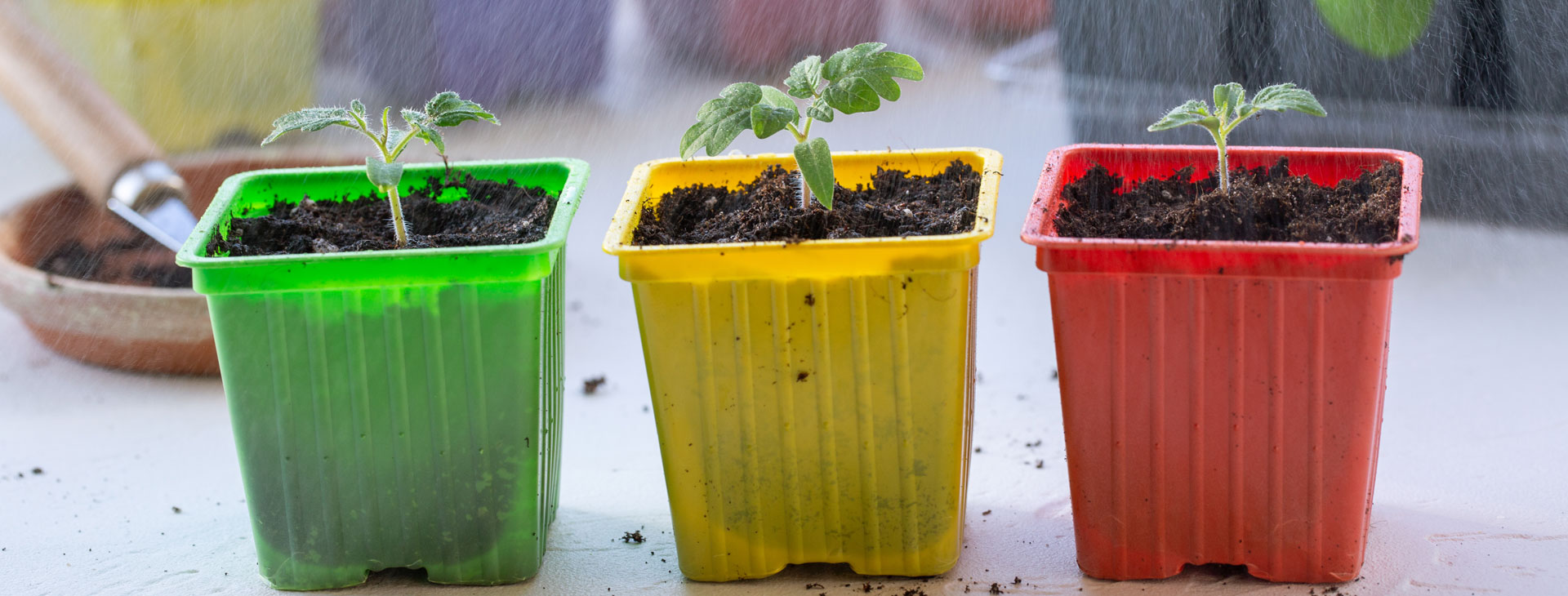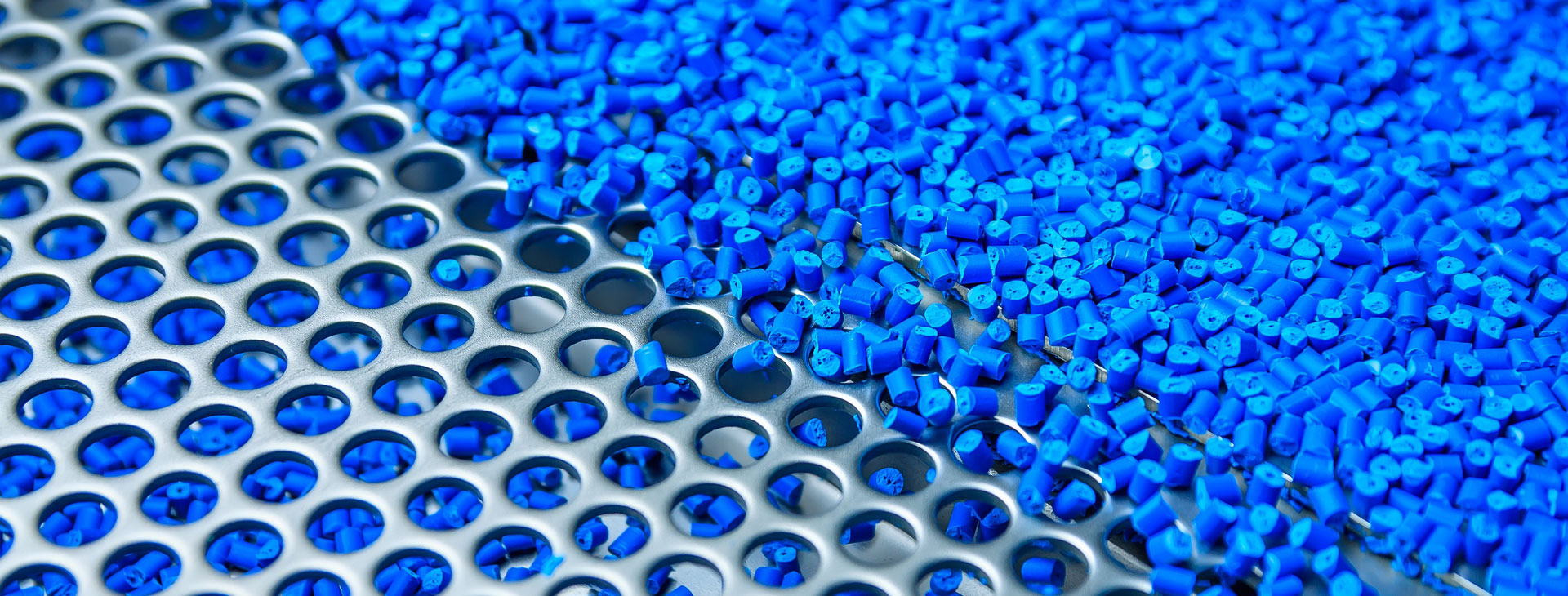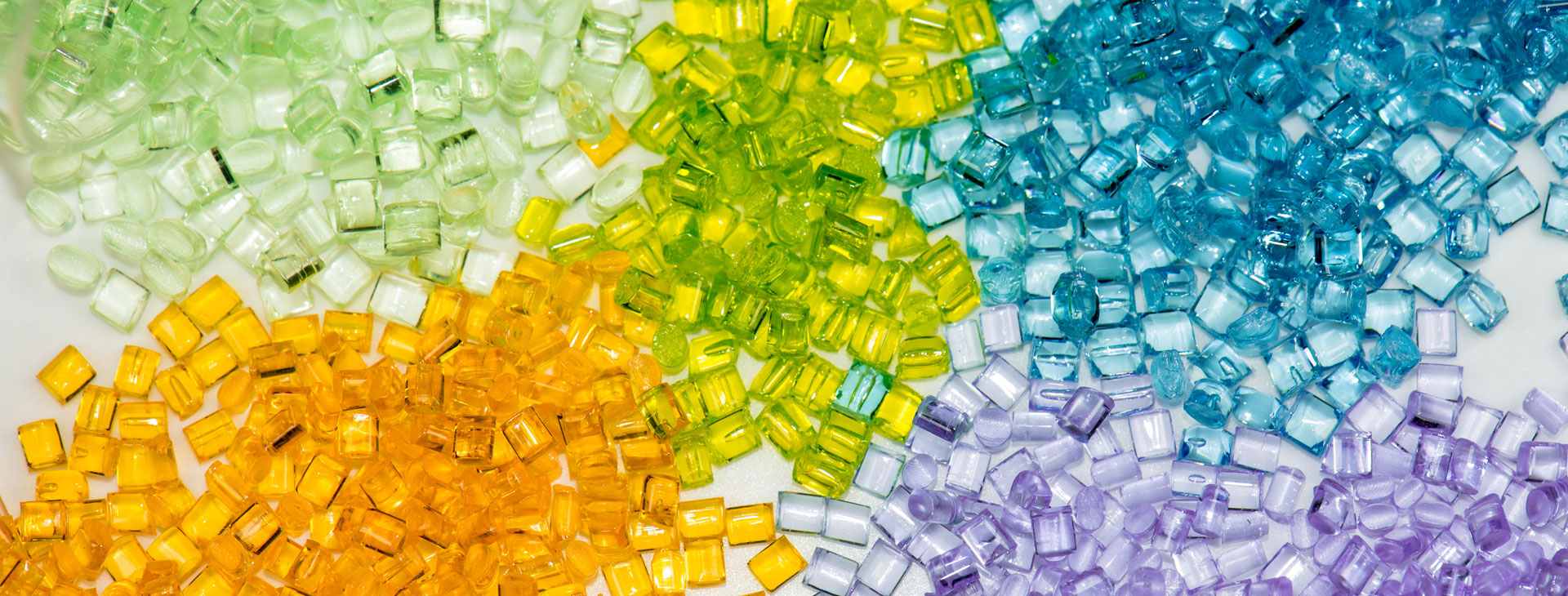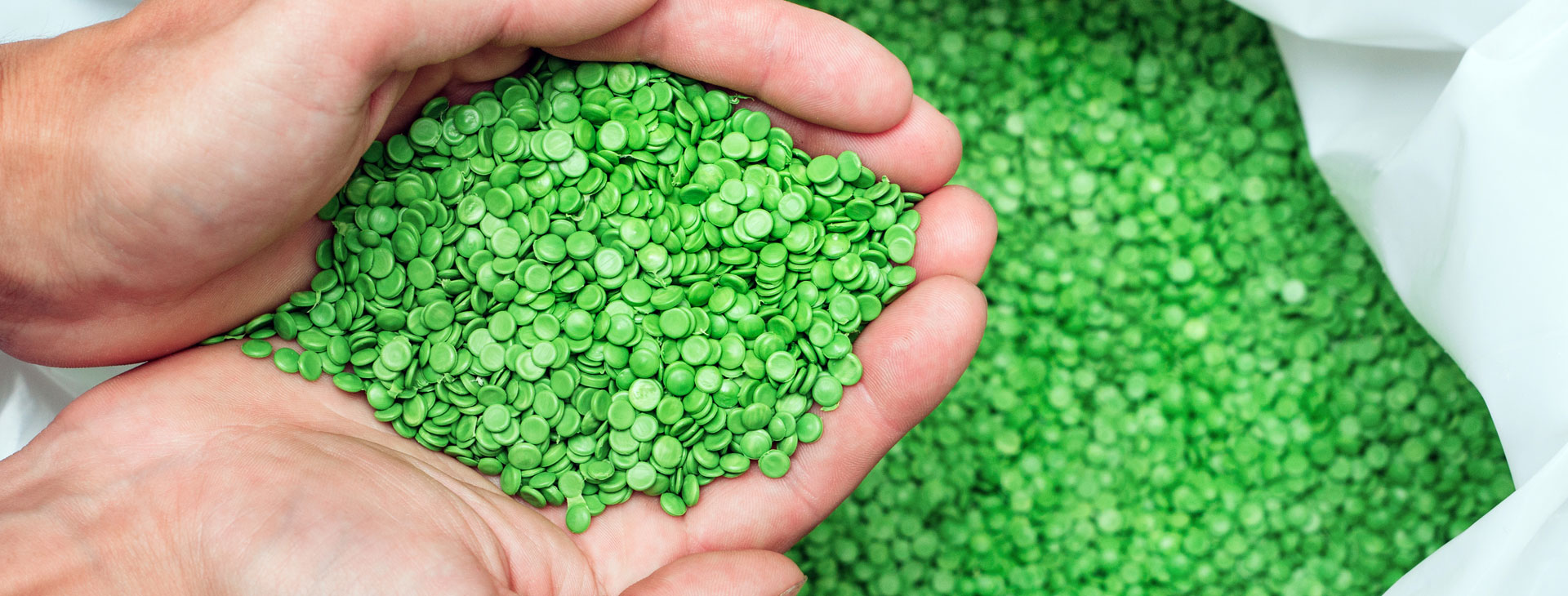Specialty Color Compounding Plastics & Light Stabilizers
Specialty Compounding NY
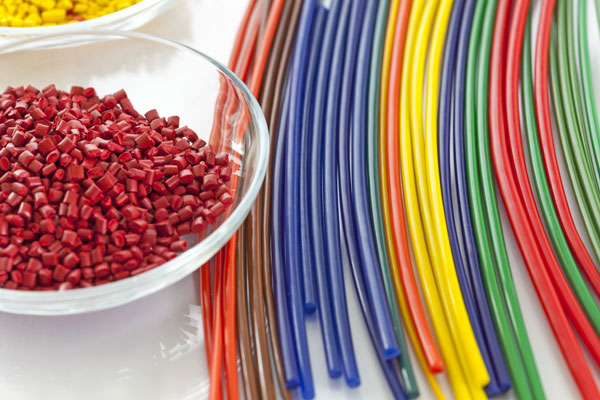
In the diverse world of plastics, the roles of specialty compounding and light stabilizers are significant. These elements work collaboratively to provide enhanced characteristics to plastics, making them suitable for a wide array of applications across multiple sectors. This entails a precise understanding of the use cases, the timing of the compounding process, and the available options for light stabilization. For all your specialty compounding NY needs, reach out today.
Industry Use Cases
Specialty compounded plastics with light stabilizers have several specific applications:
- Automotive Industry: Within the automotive industry, these plastics are used to manufacture parts such as polycarbonate headlight lenses, which require resistance to yellowing and degradation from UV exposure. Further, interior components like dashboards and door panel trims also use these specialty plastics, ensuring durability and color-fastness even under intense solar exposure.
- Construction Industry: In the construction industry, these plastics are vital in producing robust exterior elements like vinyl window frames and PVC roofing membranes. They resist warping and discoloration from prolonged UV exposure, ensuring long-term performance. Polycarbonate or PMMA sheets for skylights or conservatory roofing also utilize light-stabilized specialty plastics to maintain their clarity and mechanical properties over time.
- Packaging Industry: The packaging industry significantly benefits from these plastics. UV-resistant PET bottles for beverages or transparent BOPP film for snack packaging are typical examples. They resist photodegradation, which helps prevent changes in the packaging material's mechanical properties and transparency, ensuring the product's quality is maintained.
Timing in the Compounding Process
Integrating light stabilizers in the specialty compounding process is a crucial step. Light stabilizers are typically introduced at the initial stages to ensure they are thoroughly dispersed in the plastic matrix. This ensures uniform protection throughout the product, maximizing the stabilizers' efficiency in protecting against light-induced degradation.
Options Available for Light Stabilization
The choice of light stabilizer is integral to achieving the desired properties in specialty compounded plastics. The selection depends on the specific application, the polymer used, and the level of UV exposure the final product will face. Several options exist for light stabilization, each with its own characteristics and applications.
- Hindered Amine Light Stabilizers (HALS) - HALS are widely used for their exceptional performance in protecting polymers against UV-induced degradation. They provide excellent surface protection and have the unique ability to regenerate during the stabilization process, making them highly efficient and long-lasting. HALS are particularly effective in polyolefins, styrenics, PVC, and engineering plastics.
- UV Absorbers - As the name suggests, UV absorbers absorb harmful UV radiation and transform it into harmless heat. They are commonly used in applications where clarity and transparency are essential, such as polycarbonate sheets for automotive headlight lenses or PMMA sheets for skylights.
- Quenchers - Quenchers dissipate the excess energy of excited molecules non-destructively, usually as heat. They are especially effective in clear, thin applications like PET bottles or thin films for packaging.
- Specific Light Stabilizers for Specialty Plastics - Certain specialty plastics require specific light stabilizers. For example, due to its inherent sensitivity to UV light, nylon often utilizes HALS combined with UV absorbers for effective light stabilization.
Each of these options offers unique advantages. Proper selection and utilization of light stabilizers can significantly enhance the lifespan and performance of plastic materials in diverse applications.
The interplay between specialty compounding and light stabilizers creates an array of versatile, robust, and durable plastic materials. They cater to industry-specific requirements, delivering optimal performance and longevity. The selection of light stabilizers hinges on the particularities of the application, the polymer, and the anticipated UV exposure level. Understanding the various options available for light stabilization is crucial in this context. This knowledge influences the performance of plastic materials and their life span across numerous applications.
Related Reading
